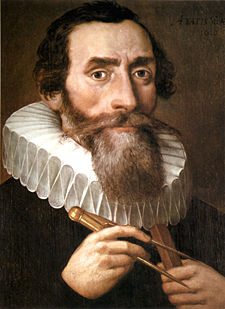[/caption]
A glitch in the Kepler spacecraft’s electronics means the space telescope will not have the ability to spot an Earth-sized planet until 2011, according to principal investigator William Borucki. Noisy amplifiers are creating noise that compromises Kepler’s view, and the team will have to generate and upload a software fix for the spacecraft. “We’re not going to be able to find Earth-size planets in the habitable zone — or it’s going to be very difficult — until that work gets done,” said Borucki, who revealed the problem last week to the NASA Advisory Council.
The team knew about the problem before launch, as the noisy amplifiers were noticed during ground testing before the device was launched. “Everybody knew and worried about this,” says instrument scientist Doug Caldwell. But he said the team thought it was riskier to pry apart the telescope’s electronic guts than to deal with the problem after launch.
Kepler launched on March 6, 2009 and is designed to look for the slight dimming of light that occurs when a planet transits, or crosses in front of a star.
The problem was is caused by amplifiers that boost the signals from the charge-coupled devices that form the heart of the 0.95-metre telescope’s 95-million-pixel photometer, which detects the light emitted from the distant stars. Three of the amplifiers are creating noise, and even though the noise affects only a small portion of the data, Borucki says, but the team has to fix the software — it would be “too cumbersome” to remove the bad data manually — so that it accounts for the noise automatically.
The team is hoping to fix the issue by changing the way data from the telescope is processed, and looks to have everything in place by 2011.
Borucki pointed out that the team was probably going to have to wait at least three years to find an extrasolar Earth orbiting in the habitable zone anyway. Astronomers typically wait for at least three transits before they confirm a planet’s existence; for an Earth-sized planet orbiting at a distance similar to that between the Earth and the Sun, three transits would take three years. But Borucki said that the noise will hinder searches for a rarer scenario: Earth-sized planets that orbit more quickly around dimmer, cooler stars — where the habitable zone is closer in. These planets could transit every few months.
The delay for Kepler could mean ground-based observers could now have the upper hand in the race for the holy grail of planet hunting: finding an Earth-like planet.
Kepler and CoRoT (Convection, Rotation and Planetary Transits) both look for transiting planets while the ground-based telescopes use radial velocity, looking for tiny wobbles in the motion of the parent stars caused by the planets’ gravity. The journal Nature quoted astronomer Greg Laughlin from the University of California at Santa Cruz, saying that the delay for Kepler makes it “more likely that the first Earth-mass planet is going to go to the radial-velocity observers”.
Source: Nature



